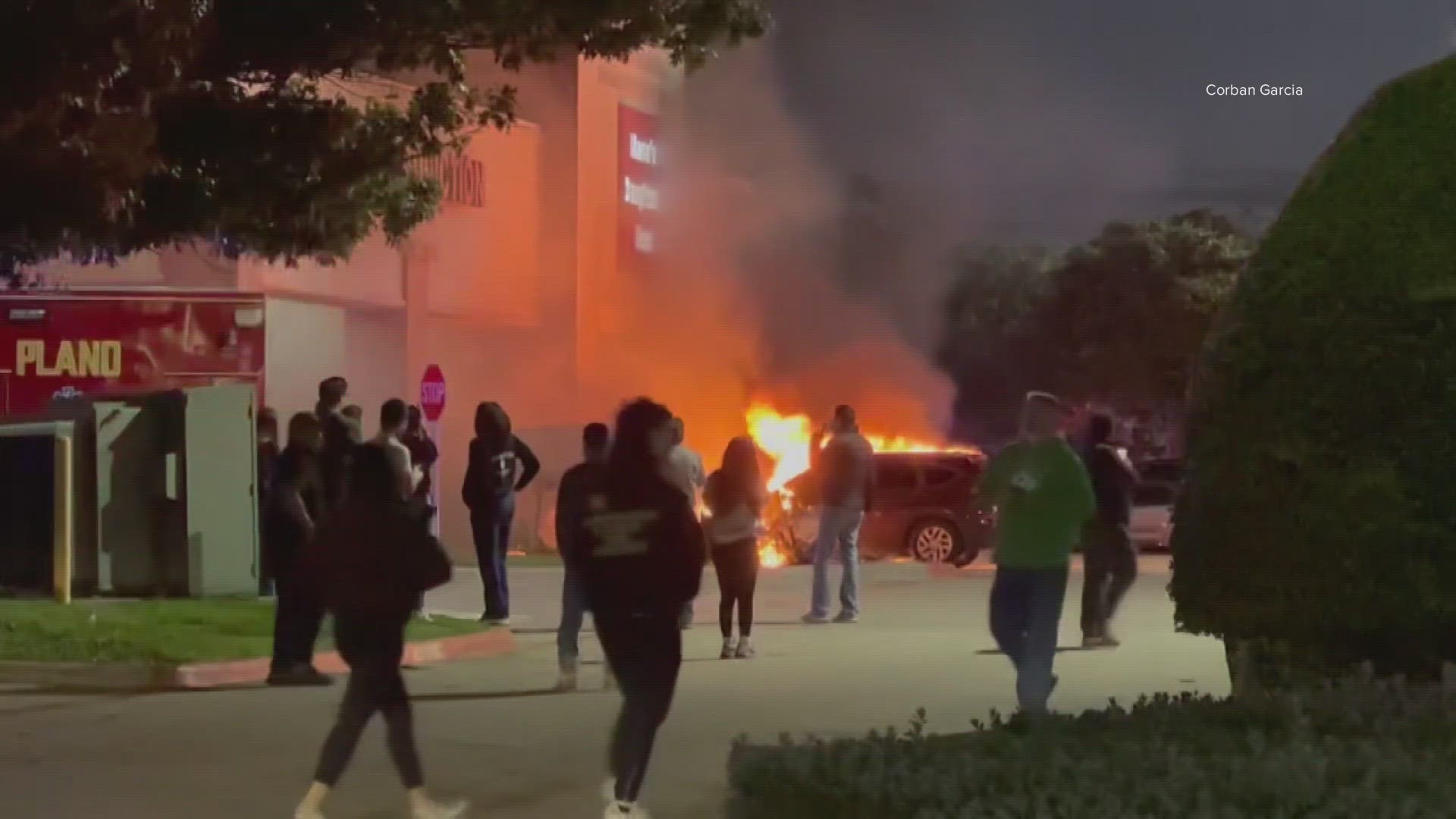PLANO, Texas — Monroe McDonald loved aviation.
And he was a renowned pilot among his aviation-loving peers, too, even appearing on the cover of Vintage Airplane magazine in a 2002 photo that captured him piloting his Mooney M20C – the same plane that crashed in Plano on Tuesday, November 21.
McDonald didn't make it.
“I'm coming in from the north of you – northwest – and my destination was Air Park Dallas, but it may be too dark for me,” he said in his final moments, in a message sent to air traffic control. “I’m going to have to fly over it. I may have to come to Addison [Airport].”
Two and a half weeks after his fatal crash, the National Transportation Safety Board released its preliminary report into what happened on McDonald's final flight.
It confirmed much of what was already known through the earlier press conferences and surveillance video being released -- that, at 5:48 p.m., McDonald performed a "go-around" after attempting to land his plane, which he'd flown to the single-runway airport called the Air Park-Dallas Airport from Eagle Roost Airpark in Aguila, Arizona, on a visit to see family and friends in Plano, then crashed in the parking lot of a nearby shopping center.
NOTE: The following video was recorded on Nov. 23.
Dash camera captured and witnesses reported the plane's low descent and crash in the moments that followed, at which point "the airplane’s left wing [dipped] perpendicular to the ground and [entered] a near-vertical descent" to the ground, where it eventually came to a stop, engulfed in flames, in the parking lot outside of Mama’s Daughter’s Diner in Plano -- about .25 miles west of his intended destination at the nearby airport.
The plane, the report states, came to its rest inverted and "a post-impact fire ensued and spread to an unoccupied vehicle" nearby before the "airplane was destroyed by the fire."
In the course of its crash, the report said the engine separated from the fuselage and, along with the plane's propeller, was embedded into the ground near its final resting place. The wings, the report noted, "remained attached to the fuselage and exhibited leading edge accordion crush damage consistent with a nose low impact." It also added that "black rubber transfer and broken pavement, consistent with the landing gear being extended, were located on the pavement at the accident site."
The report added that the airplane was then transferred to a secure off-site facility for additional examination.
McDonald's friends say that, even though he was just days away from his 88th birthday, he was still a “perfectionist” in the cockpit – a “very safe guy” who made a point to fly weekly.
McDonald grew up in Dallas, graduated from SMU. was an engineer and moved to Aguila, Arizona, years ago to join the Eagle Roost community, which is centered around aviation. He’d been celebrated himself by the FAA for having 50 years of piloting and aircraft operations under his belt.

